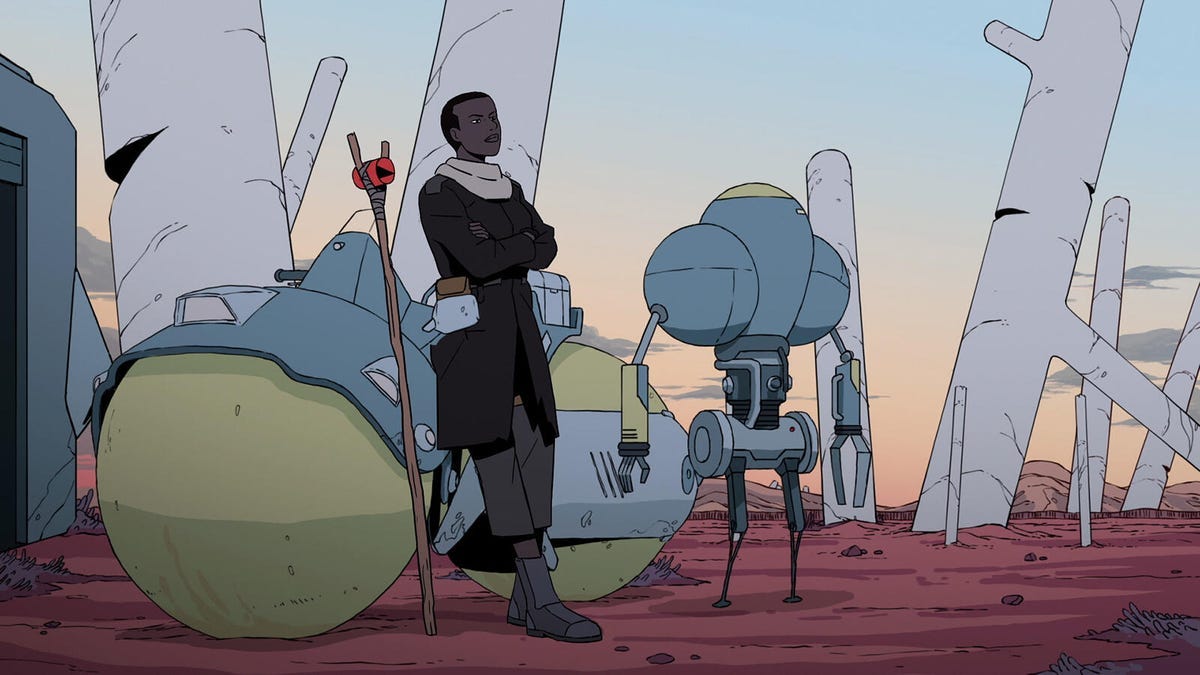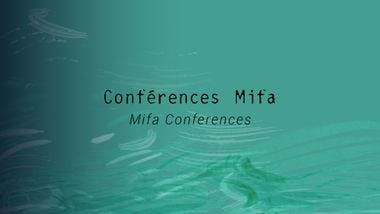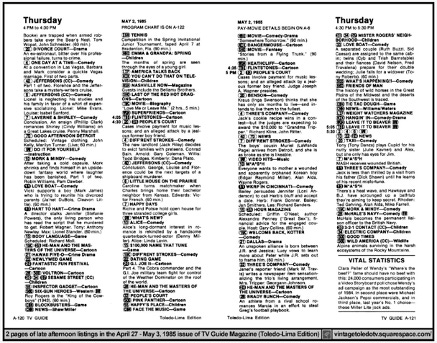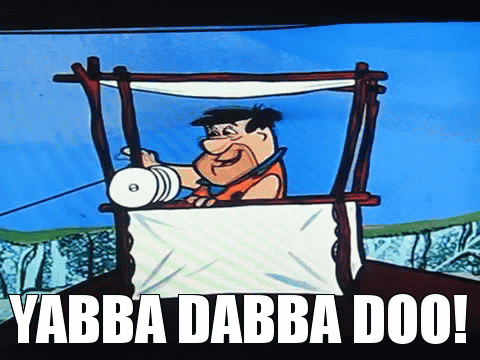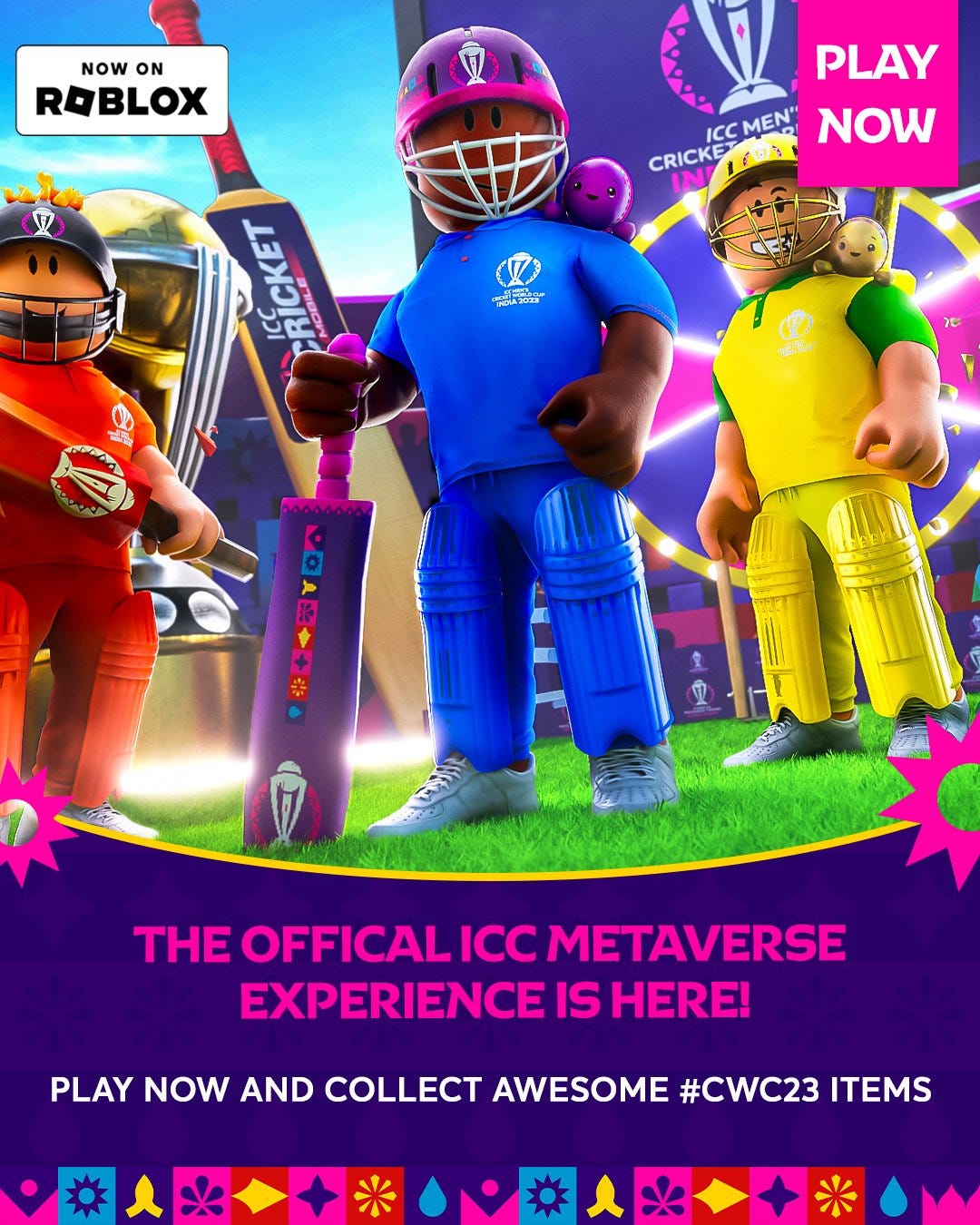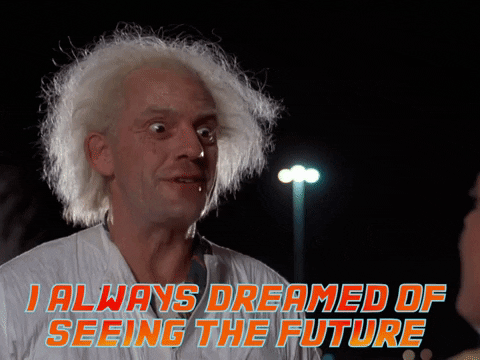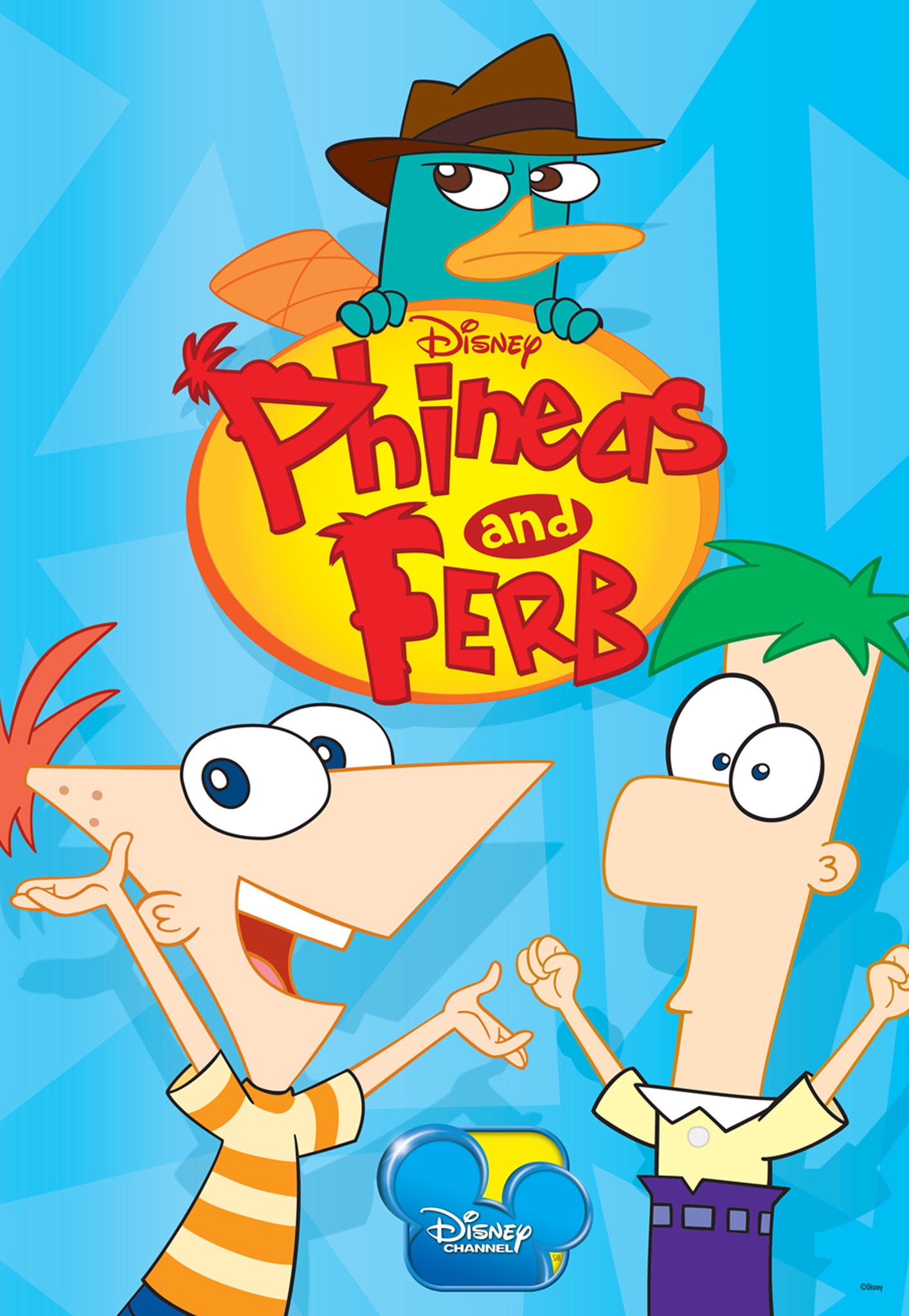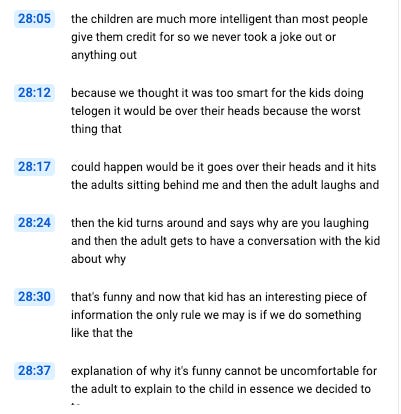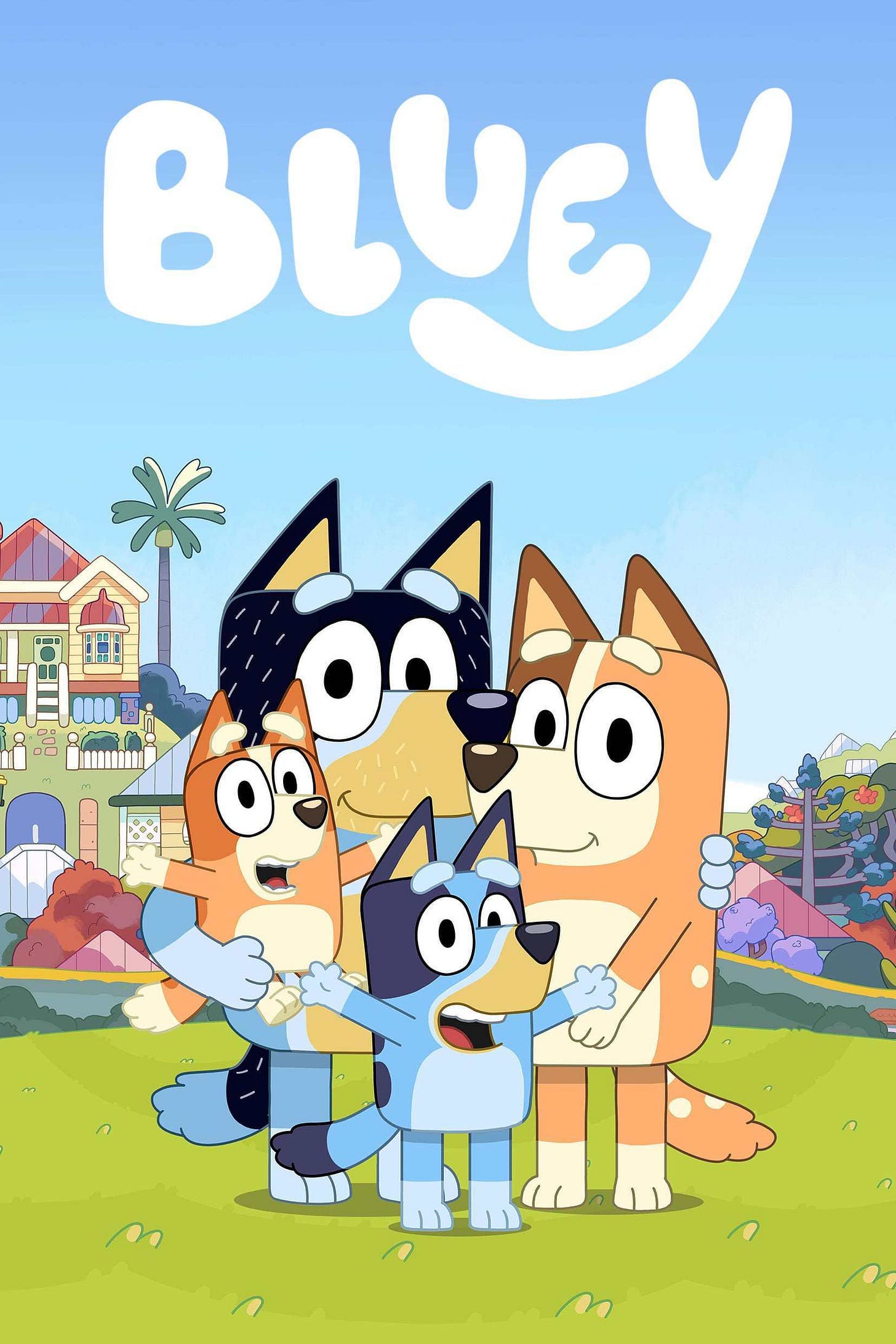I’m talking at Mifa next Tuesday, and I will post my slides next week. But in preparing for the panel its got me thinking about the mess we’ve made for ourselves in the world of animation.
The problem is not the creative.
The content being produced has range, from budget friendly filler to highly crafted pieces of art.
I’ve recently been watching Scavengers Reign on Netflix. It is completely entrancing and highlights the ability of animators to create not only great stories, and visuals, but characters that you fall in love with. I always rate a show by how sad I feel when I finish it. The only other recent show that has hit me like this was Yellowstone. Finish the season, damn it!!!
https://www.tvguide.com/news/scavengers-reign-max-best-sci-fi-show-you-didnt-watch-2023/
The problem is the business of content
In Annecy, I’ll be talking Fast and Furious. Focusing on how we are serving content to audiences. I will be positive towards opportunities that the animation industry can leverage.
However I can’t help thinking we’ve done ourselves dirty.
If I could sum it up in one word it would be
Unsustainable
or one sentence it would be
We made something great, but didn’t think about the implications
Allowing audiences access to content cheaply, with no commitment. Allowing creators the tools to make for free and distribute for free.
Wonderful ideas.
Until you want to be paid.
Less wonderful ideas.
When there was less content, each piece of content had more viewing time (advertising) and shelf space (CP sales).
But forget that for now. Its here, the people who done it, are either rich and getting richer or don’t care. So what can these amazing studios do.
Data. Yes. Thats one good thing to come out of the everything everywhere media muddle .
But wait. Data isn’t art. Except when it is. Data is the paintbrush, you are the artist.

There is too much content. There is not enough space (time or shelf space).
But there are ways you can give your content the best possible chance of success.
Rediscovering Old Media Programming Techniques in the Age of AI
In the 1980s, Ted Turner's "Turner Time" reshaped television by starting shows at 7:05 or 7:35 instead of on the hour or half-hour. This slight shift captured viewer attention and disrupted conventional TV schedules.
This meant that the channel went from the bottom of a list, to a bolded line of its own. Ted Turner’s shows were visible.
In our current era, filled with advanced AI and massive data streams, how can we harness these old media techniques to surface content creatively?
Turner Time in the Digital Age
The beauty of well programmed linear TV is that is consistent and signposted. People know if they are at that place at that time, they will see that show.
The exact opposite is true of always on content (streaming, gaming etc), But is it?
Pewdiepie remains one of the most popular YouTubers/social content makers globally. At one stage he was number one. What he did really well was be considstent in how he posted and communicated. Releasing one video a day for example at similar time each day. This mean that if viewers were watching a gaming walk through video of The Last of Us, they would wait for his daily video to upload. They knew it would be a continuation of the story, the same time each day, in the same format. Much like linear TV.
He also engaged with fans each Friday, creating a tentpole scheduled moment.
It meant his content, much like Turner Time was more visible by a scheduling hack.
Applying "Turner Time" to digital content today doesn’t work exactly. Instead of releasing content at predictable times, platforms now stagger releases to capture audience attention. But Netflix or YouTube dropping new episodes at 3:05 PM or 7:25 PM doesn’t hold the same visibility as a TV guide. But consistent content drops does build intrigue amongst viewers and break through the noise of scheduled content drops.
As streamers play with sports, shiny floor shows and other appointment viewing formats in order to appease brands and ad-sales teams audiences will begin to migrate back to linear habits.
AI and Personalized Turner Time
One of the unsung heroes of the 90s and 00s were the programmers. Data analysts obsessed with creating well structured channels for their audience. These are the individuals and teams we should invest in more than anything else.
And we now have new tools, to take that human empathy and care.
AI can take this a programming a step further by personalizing release times based on individual user behavior. By analyzing when users are most likely to engage, platforms could tailor content drops to optimize viewer attention. For instance, if an AI determines that a user typically scrolls through social media around 6:47 PM, it could notify them of new content releases precisely then, combining the unpredictability of "Turner Time" with personalized engagement.
I still talk of a teenage girl I met in Denver, who came home from school placed a duvet over her head and watched her favourite YouTuber. Why? It was like having a coffee with a friend. She scheduled her content by her emotional need at that time. It just happened to be the same time everyday. We have the data to test when go capture moments like this.
Gaming (+ communities)
I’m not convinced Roblox is working as well as it could and should in terms of building user value for brands.
But, building audiences on Roblox, or other gaming platforms offer hug opportunities to create social environments around content. The Cricket World Cup is doing this right now. Seeing the stats, if they share them, will be fascinating to see if play increases during or straight after/before a game.
Brands should be treating gaming platforms like they used to treat the TV guide. Find a spot every day and build for that moment. Daily usage is key to building engagement, even if for one minute a day.
Rediscovering Curated Content Blocks
Another technique from the past is the concept of content blocks, like Saturday morning cartoons or Friday night movies. These curated time slots built anticipation and a sense of community.
Oh wait. Fast Channels. That’s right we’ve gone back to (get to) the future.
Rediscovering Curated Content Blocks
Another technique from the past is the concept of content blocks, like Saturday morning cartoons or Friday night movies. These curated time slots built anticipation and a sense of community. Fast channels are bringing back this idea, offering scheduled programming.
Modern-Day Content Blocks
In the digital age, fast channels can recreate this by curating themed content blocks. "Sci-Fi Sunday" on a streaming service where new and classic science fiction shows are featured. By promoting specific genres or themes at regular intervals, platforms can engage niche audiences and build anticipation.
Human behaviors show that viewers enjoy the anticipation and routine of scheduled programming. Fast channels capitalize on this by offering ad-supported content blocks, similar to traditional TV, but with the flexibility of streaming. For example, a "Comedy Hour" every evening can attract viewers seeking laughter after work, monetizing through targeted ads.
Practical Implementation and Monetization
There are two ways to make money.
Create a big enough audience to sell advertising. This is harder with fragmented audiences, but if we can measure channel stacks, with effective programming and signposted community engagement (Mr Beast done good)
Create enough fans to sell product. This is still achievable. And Turner Time works as it builds into the audience and consumers needs.
Which is why, none of this is possible without good (no, great) content
I love data. So I talk about how it impacts content. But I love content more. So its important to remember data can help, but the content still has to be magic. Jeff ‘Swampy’ Marsh spoke about Phineas and Ferb at CMC a few years ago.
When making the show they practiced jokes to make each other laugh, so that they could create moments between kids and parents
And now look at Bluey.
I’ve totally skipped social, another day.
Music.




